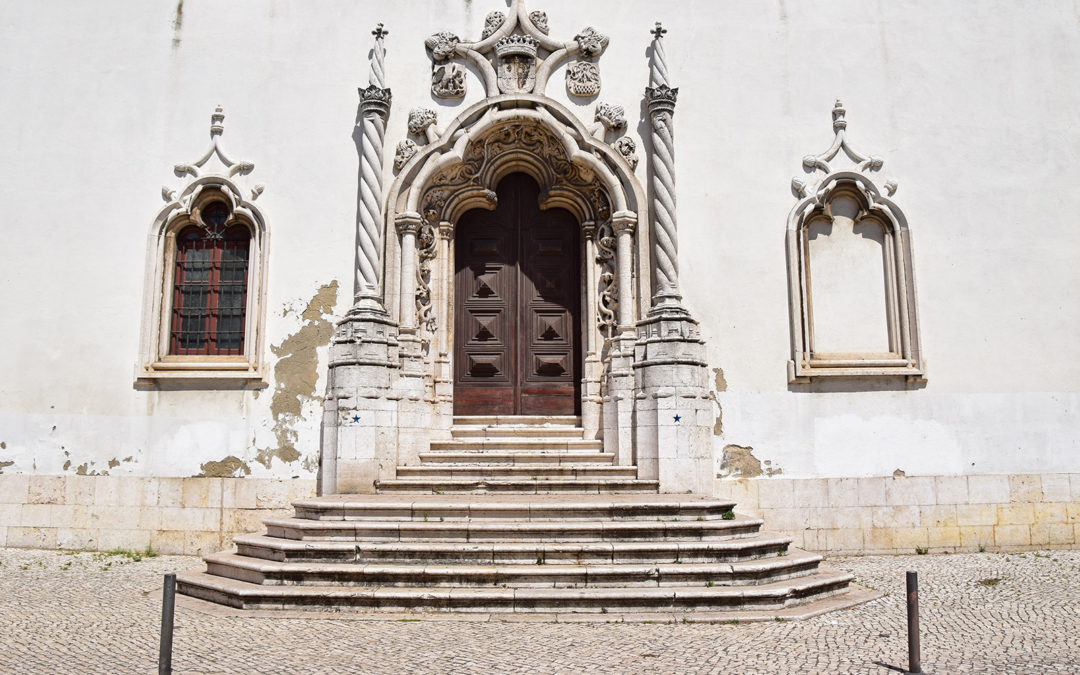On our last day in Lisbon, he wanted to find an Irish bar so that we could go and watch some rugby match that was on, but we were supposed to be learning to communicate, and like the therapist said, he was supposed to be listening to me and also hearing me. So when I gathered my voice to say that I would like to visit the Azulejos Museum instead, I could see him turn it over in his mind and open his mouth to override me, and then stop. Sure, he said, sounds great, he said, let’s do that instead.
It turned out that he had no idea what azulejos were, and on the taxi over I had explained they were the blue-and-white tiles that we had been seeing everywhere, but he looked a little blank, so maybe only I had noticed them. As we walked around the cloistered courtyard of what had once been a convent – the magnificently tiled church was still attached – travelling half a millennium of history, I found myself bursting into talk to break the uncomfortable silence.
Did he know that scientists believe that humans have only been able to see the colour blue for some thousands of years, and the ancients had no word for it, and the Egyptians were the first to make the colour for use in art: some complicated process using copper and making a glassy thing that had to be shattered to make a paint? And that ultramarine came from the crushing of lapis lazuli from far away, literally coating the canvases with precious stones? And that the Arabic word for lapis lazuli gives us azul – the blue of the tiles – and azure and all those words for blue? I babbled on as we went from geometric patterned tiles, chipped but carefully preserved, through baroque portraits to a final panorama of the city, all in tiles.
I was still talking – couldn’t stop myself – when we arrived in the café for lunch, and he ordered for us both without inquiry until eventually he cut me off mid-sentence to ask if I wanted one of the orange tarts they had on display. Custard, I said, not orange, practically the national dish, and if we’d made it to Belem, down the road, that’s where they made them first. He opened his mouth to speak then snapped it closed – into a cold, hard line – around whatever he was thinking and there was silence.
When we left the tile museum there was an awkward pause, not knowing what came next, and I thought of wandering through the Baixa on that lightly foggy afternoon, eating hot chestnuts in a bag bought from smoky braziers, but he said let’s hurry and we’ll make the match, flagged down a taxi, searching on his phone for where we’d go and I went back to being silent, like the therapist said I shouldn’t be, and like blue to the ancient peoples: unseen.
Fiona McKay lives and writes beside the sea in Dublin, Ireland. She started writing Flash fiction this year and is also querying a novel. Words in various places including: FlashFlood Journal, Sledgehammer Lit, Tl;dr Anthology, Reflex Fiction, Retreat West, Cranked Anvil Anthology, Janus Literary. Tweets at @fionaemckayryan.

